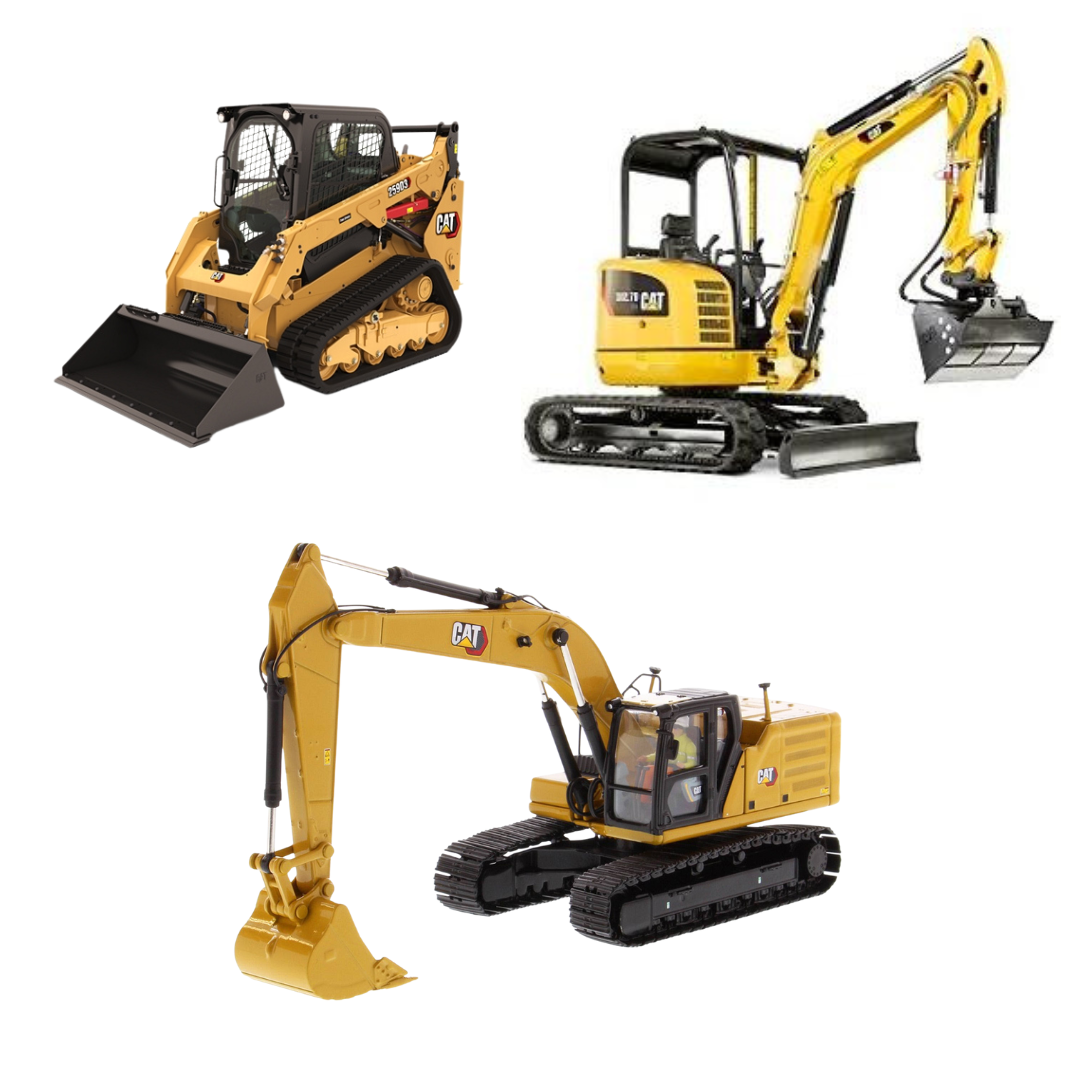Rental Company Near Me: Local Solutions for Equipment Rentals
Rental Company Near Me: Local Solutions for Equipment Rentals
Blog Article
Maximize Your Spending Plan by Understanding the Costs Linked With Construction Tools Rentals
Recognizing the complete extent of costs linked with building tools services is essential for maximizing your budget plan. What strategies can be utilized to effectively take care of these prices and guarantee an extra effective rental experience?
Review of Rental Expenses
When considering building equipment rentals, comprehending the linked prices is extremely important for effective budgeting and project preparation. Rental costs can vary considerably based on several aspects, consisting of equipment kind, period of leasing, and location. The first rental fee commonly shows the devices's market demand and its connected functional abilities, influencing the overall cost.
In addition to the base rental rate, ancillary costs may emerge, such as transport fees, fuel additional charges, and maintenance costs. It is necessary to account for these extra expenses to accurately analyze the total expense of renting out equipment. Moreover, the rental period can influence pricing; longer leasings might receive affordable rates, while temporary services could sustain higher day-to-day costs.

Breakdown of Rental Rates
A thorough understanding of rental rates is necessary for service providers and task managers aiming to maximize their budget plans. Rental prices for building equipment usually include numerous parts, consisting of base rates, time-based charges, and usage fees.
Base prices are the core charges associated with the service of the equipment, typically identified by the kind and dimension of the machinery. These rates can differ dramatically, influenced by factors such as equipment need, schedule, and regional market patterns. Time-based charges, which may be daily, weekly, or monthly, offer to fit different job timelines and rental periods.
In addition, rental rates might include usage charges, which apply when devices is used beyond a specified limit, guaranteeing that the rental company can represent deterioration. Seasonal need variations can also impact rental prices, with peak construction seasons usually regulating greater rates.
Additionally, understanding the rental company's policies concerning upkeep and insurance can give more insight into the overall cost structure. By assessing these parts, service providers can make informed choices, making certain the option of rental equipment straightens with both task demands and budget plan restraints.
Additional Charges to Think About
Comprehending the ins and outs of added costs is crucial for specialists to handle their overall leasing costs properly. Beyond the typical rental rates, various additional fees can considerably influence the overall expense of tools leasing. These charges commonly consist of delivery and pickup charges, which can vary based on distance and logistics involved in transporting the equipment to and from the job site.
Furthermore, some rental firms may impose gas surcharges if the devices is returned with less fuel than when rented out. It is additionally necessary to understand possible cleansing costs, especially for specialized equipment that calls for complete upkeep after use.

Extensively evaluating the rental contract and clarifying these extra fees upfront can assist specialists prevent unforeseen costs and make sure that spending plans remain intact throughout the job lifecycle.
Upkeep and Repair Costs
Normal repair and maintenance costs are often overlooked variables that can dramatically influence the general expense of construction tools rentals. When leasing equipment, it is important to think about not only the rental costs yet additionally the potential expenses related to maintaining the equipment in optimum operating condition.
Lots of rental firms consist of fundamental maintenance as part of the rental arrangement; nonetheless, much more substantial repairs or unanticipated malfunctions can bring about additional costs. It's necessary to examine the rental contract thoroughly to comprehend what maintenance solutions are covered and what responsibilities fall on the tenant.
Furthermore, tools that is not properly maintained can lead to ineffectiveness on the task site, potentially raising and creating hold-ups project expenses. To minimize these risks, it is recommended to carry out regular inspections and maintain open communication with the rental provider relating to any type of problems that occur during usage.
Insurance and Responsibility Prices
Insurance coverage and liability prices are essential parts that can dramatically impact the overall expense of construction tools leasings (boom lift rental). These expenses make sure that both the rental business and the client are secured from prospective financial losses arising from backhoe work mishaps, damage, or burglary during the rental duration

Furthermore, customers need to know any type of deductibles or exemptions in the insurance coverage, as these can affect possible out-of-pocket expenses. Recognizing the terms of any insurance coverage is crucial to avoid unanticipated costs. Eventually, budgeting for insurance and obligation expenses can assist make sure a smoother rental experience and safeguard against monetary dangers linked with building jobs.
Final Thought
Finally, an extensive understanding of the costs connected with building tools leasings is essential for reliable budget plan administration. By examining rental prices, extra costs, upkeep costs, and insurance policy individuals, needs and companies can lessen unforeseen expenses. This calculated strategy not only boosts cost-effectiveness but additionally guarantees that jobs advance smoothly and efficiently. Inevitably, notified decision-making pertaining to equipment rentals contributes to the total success of building and backhoe loader for sale construction ventures.
Rental expenses can differ considerably based on a number of variables, including tools kind, duration of rental, and area (dozer rental). The rental duration can impact pricing; longer rentals might qualify for reduced prices, while short-term services visit this site might sustain higher day-to-day costs
By conducting detailed study and involving with respectable rental firms, service providers can properly browse the intricacies of rental rates, eventually maximizing their financial sources.
Past the basic rental prices, various supplemental charges can considerably affect the complete expense of tools service. Rental firms frequently offer liability insurance that covers injuries to third celebrations or damages to building, while equipment damage insurance policy can cover the cost of repair work or replacement if the leased equipment is harmed.
Report this page